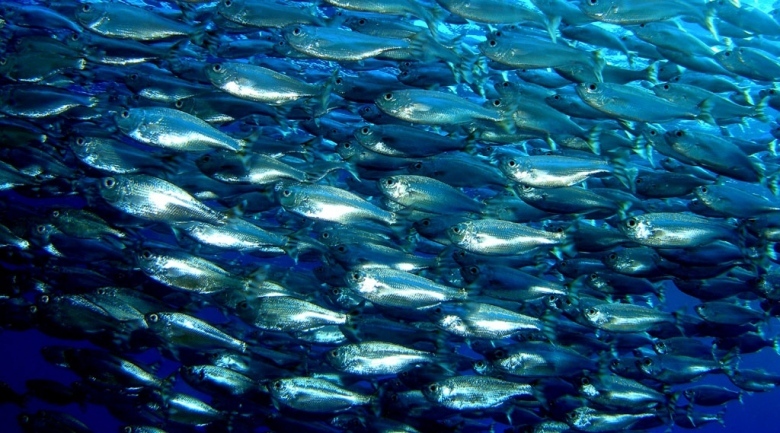
Twice a day, like clockwork, the moon’s gravity makes the seas ebb and flow. For Baker, a marine renewables business manager at GE Power Conversion, the tides are the perfect source of energy, more predictable and reliable than wind or solar power.“Some U.K. locations have significant tidal head ranges,” he says. “They offer a tantalizing energy generation potential.”
GE Power Conversion is testing tidal turbine generators and other underwater technology in turbines standing on the sea floor near the Orkney Islands in Scotland and at Ramsey Sound in Pembrokeshire, Wales.
Baker says that GE is ready to scale up the power system to a large array of tidal turbines planned for the bottom of the Pentland Firth, a narrow channel that separates the Orkneys from the northern tip of Scotland. The channel has some of the fastest moving currents in the U.K.
BBC recently described Scotland as “a Saudi Arabia of renewable energy potential.” The Pentland Firth project alone could supply almost half of Scotland’s electricity needs – as much as 1.9 gigawatts.
The turbines resemble large aircraft propellers submerged in 180 to 240 feet of water. They stand in strategic “pinch points” of the firth, where the tides rush in and out at the highest speeds.
Engineers can capture energy from the vertical and horizontal movements of the tides. Some teams have also used buoys that generate electricity from the up and down movement of the waves. But “it happens to be roughly an order of magnitude more difficult to mount and maintain equipment on the surface of the sea,” Baker says. “Companies have put in wave systems only to find them dashed upon the rocks.”
